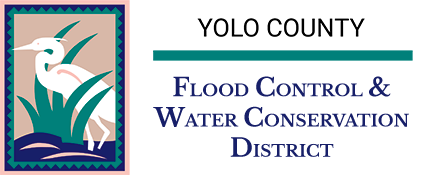Quagga and zebra mussels (QZM) are species of invasive mussels that make their home in waterways, especially lakes and reservoirs. They were brought to the Great Lakes area in the ballast water of large ships from their native Baltic waters and have spread through the Mississippi River basin and to the southern Colorado River system. As invasive species they have no natural predators in the United States to keep their populations in check, and there are no known methods to eradicate them.
Why should I care?
Quagga and zebra mussels are bad news! Water system operators spend hundreds of millions of dollars each year in extra maintenance costs when these mussels get established in a waterbody. They form thick mats on hard substances, clogging up pipes and intake structures, encrust boat hulls and motors, and just about every other hard surface that they can attach to. They also destroy fisheries by eating the microscopic plants and animals that other native and beneficial species depend upon for their survival.
While QZM are not in Yolo or Lake Counties, they are close! The closest waterbody with an infestation is near Hollister in San Benito County, which is about 250 miles away. Unfortunately, there are many waterbodies in southern California that are infested with QZM. Because many waterways are connected by rivers and streams, it is incredibly important to keep the mussels from spreading to more lakes and reservoirs. The Department of Fish and Wildlife has compiled a map that shows QZM distribution in California and can be accessed by clicking the link below.
How can they be stopped?
Recreational boaters are the most common source of infestation as they unknowingly transport mussels from one waterbody to another through water in their live wells, bilges, and any other area on the boat or trailer that harbors water. When QZM are in their larval form, called veligers, they are free floating and very, very tiny; too small to see. At this stage in their development, they cannot survive without water, so the most effective way to prevent future infestations is for boaters to follow the DFW’s protocols to thoroughly clean, drain and dry watercraft after leaving any waterbody.
Agencies have created some great videos that demonstrate how boaters can prevent the spread of these highly destructive mussels, and the impacts that these mussels have on our resources and environment. There are a couple of links below that provide useful information.
What should I do if I see them?
If you see a QZM, get the location of the sighting as close as possible; use your phone’s compass and a screenshot of the location coordinates so you can report it to the California Department of Fish and Wildlife Quagga and Zebra Mussel Hotline at 1-866-440-9530.
How do I tell them apart from other species?
The most common small mollusk that people confuse with QZM are Asian clams. Asian clams are widespread in California, they like to live in mud or sand and they cannot attach themselves to hard surfaces like QZM do. They have dark brown shells that have concentric ridges on them. People will often see the shells from dead Asian clams which are commonly white.
Another species that may be confused with QZM when they are very small New Zealand snails, because they cling to hard surfaces and are a similar color, but they have a single, spiral-shaped shell. Because snails only cling to the surface and do not permanently attach, they can be moved aside with a gentle push, whereas QZM attach permanently to the surface and cannot be moved.
Funding of this webpage has been provided in full or in part through an agreement with the Californina State Parks Division of Boating and Waterways (DBW). The contents of this webpage do not necessarily reflect the views and policies of DBW, nor does mention of trade names or commercial products constitute endorsement or recommendation of their use.
